Integrations have become a key strategic lever for software vendors. They enable them to better meet customer needs and expand their market.
If you’ve already implemented connections with third-party software, you know integrations are costly to build and even more demanding to maintain.
Integration maintenance covers all the actions required to ensure the proper functioning and long-term stability of connections between a software product and a third-party application. Maintaining integrations often consumes significant resources and can quickly become a real headache for technical teams.
In this article, Chift presents the challenges of integration maintenance and the best practices you can adopt to ensure a structured and efficient approach.
The challenges of integration maintenance
Software vendors connecting their tools to third-party applications face several challenges in maintaining these integrations.
Constant evolution of APIs
The software you want to connect to is constantly evolving. When new features are added or existing ones are modified, this impacts the API and thus the integrations. It’s therefore necessary to update integrations accordingly.
The same applies when the publisher updates its security protocols. This can affect authentication methods, requiring integration updates.
High maintenance costs
Building a custom integration represents a significant cost, which varies depending on system complexity, business requirements, and security protocols.
Maintaining such custom integrations can cost up to €50,000 per year, not including opportunity costs of diverting developer resources.
Time spent managing integrations is time not spent improving your product’s features. This can delay your roadmap and bug fixes.
“Building integrations involves high development costs, but above all, heavy maintenance costs. Managing dozens of APIs used by only part of our clients is not our priority. Strategically, it’s more relevant to collaborate with partners specialized in this field.” Nicolas Mille, Product Manager at Agicap
Increasing complexity with more integrations
Connecting your software to client applications is a clear competitive advantage. However, as the number of integrations grows, so does the risk of problems.
The more integrations you have, the more complex their management becomes. This increases the number of bugs and the likelihood of pulling your teams away to fix them.
You therefore need to adopt a scalable approach and equip yourself with tools to automate and monitor integrations.
Variability of third-party APIs
Unexpected responses from third-party APIs can generate bugs and errors, requiring constant developer intervention.
Each API also has its own specifics (response formats, business logic, documentation). Technical teams must adapt and address each issue case by case.
Best practices for structured integration maintenance
Here are five best practices for optimized integration management:
- Structured data planning: ensures consistency, quality, and security of data exchanges. It anticipates format changes and business needs.
- Continuous monitoring: tracks in real time the availability, performance, and possible errors of integrations.
- Automated testing: verifies continuously that integrations work properly and data consistency is maintained. Issues are detected and fixed faster.
- Proactive API version management: anticipating API changes and monitoring version updates is essential.
- Use of SDKs to simplify integrations: software development kits make integrations easier and ensure better compliance with API requirements.
How Chift eliminates integration maintenance challenges
With its unified APIs and Syncs, Chift eliminates the challenges of integration maintenance and lets you focus on your own product.
Chift’s unified APIs
A unified API is an interface that connects to multiple applications. Instead of building and maintaining numerous custom integrations with third-party APIs, a software vendor connects once to this single entry point to interact with many applications.
Unified APIs greatly simplify integration maintenance. When a third-party API evolves, the unified API adapts. This drastically reduces the resources needed to build and maintain integrations.
Chift offers unified APIs covering a wide range of tools (accounting, invoicing, e-commerce, POS, etc.) through a single integration.
Ready-to-use integrations with Syncs
Chift’s Syncs are preconfigured connectors that automate data flows between applications. Syncs are designed to be deployed quickly and without code.
Syncs connect your tool to a unified API, which itself groups a multitude of third-party software.
For example, the Invoice Sync allows an accounting software vendor to easily connect to clients’ invoicing tools to import their data.
How Chift manages integration maintenance
Once an integration is up and running, Chift takes care of ongoing maintenance. We continuously monitor third-party APIs and perform necessary updates whenever changes occur.
But our real edge lies in our proactive approach: we maintain close relationships with software publishers. This means we’re often informed in advance of upcoming changes, allowing us to anticipate and prepare—before issues arise. Your integrations remain stable and reliable without any effort on your side.
At Chift, we dedicate time to editor partnerships because we know that anticipating change is the key to long-term performance. With us, your tech teams don’t have to worry about keeping up with API changes. They can focus entirely on what really matters: building a great product.
“The time spent developing and maintaining an integration is time we’re not spending improving our product. What matters most to our clients is precisely the quality of that product.” Alessandro Drappa, CEO of Recovr
Key takeaways
Maintaining integrations in-house today is like running your own servers — it just doesn’t make sense anymore.
- Integration maintenance is just as critical as initial development — and far more costly if poorly managed.
- APIs evolve constantly, connections multiply, and every change puts your product stability at risk.
- Chift brings a dedicated team, automated tests, real-time monitoring, and — most importantly — direct relationships with software publishers to stay ahead of upcoming changes.
In short, you don’t need to worry about it anymore.
With Chift, you can focus 100% on building your product and growing your business. Leave the maintenance to the experts.
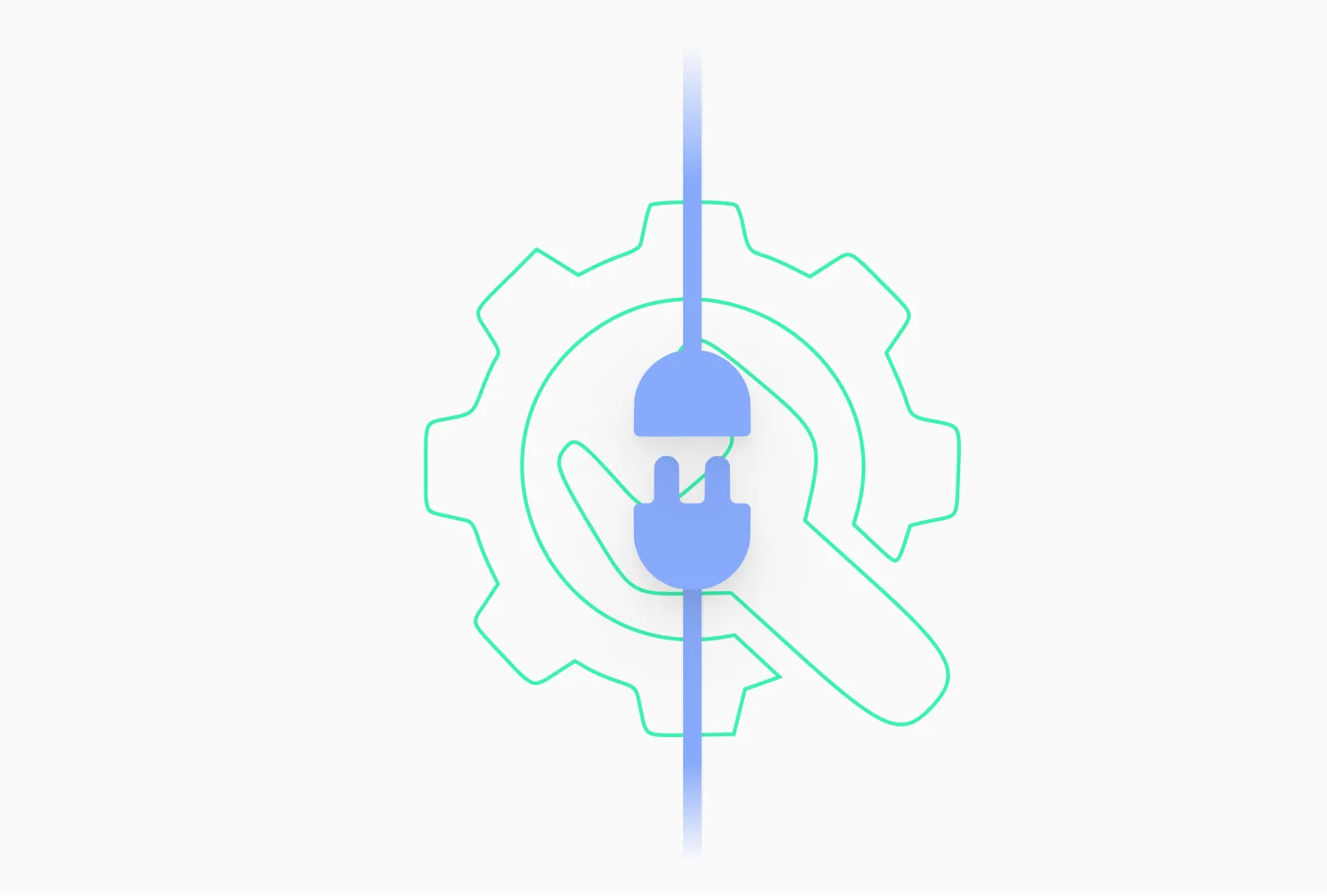
.webp)
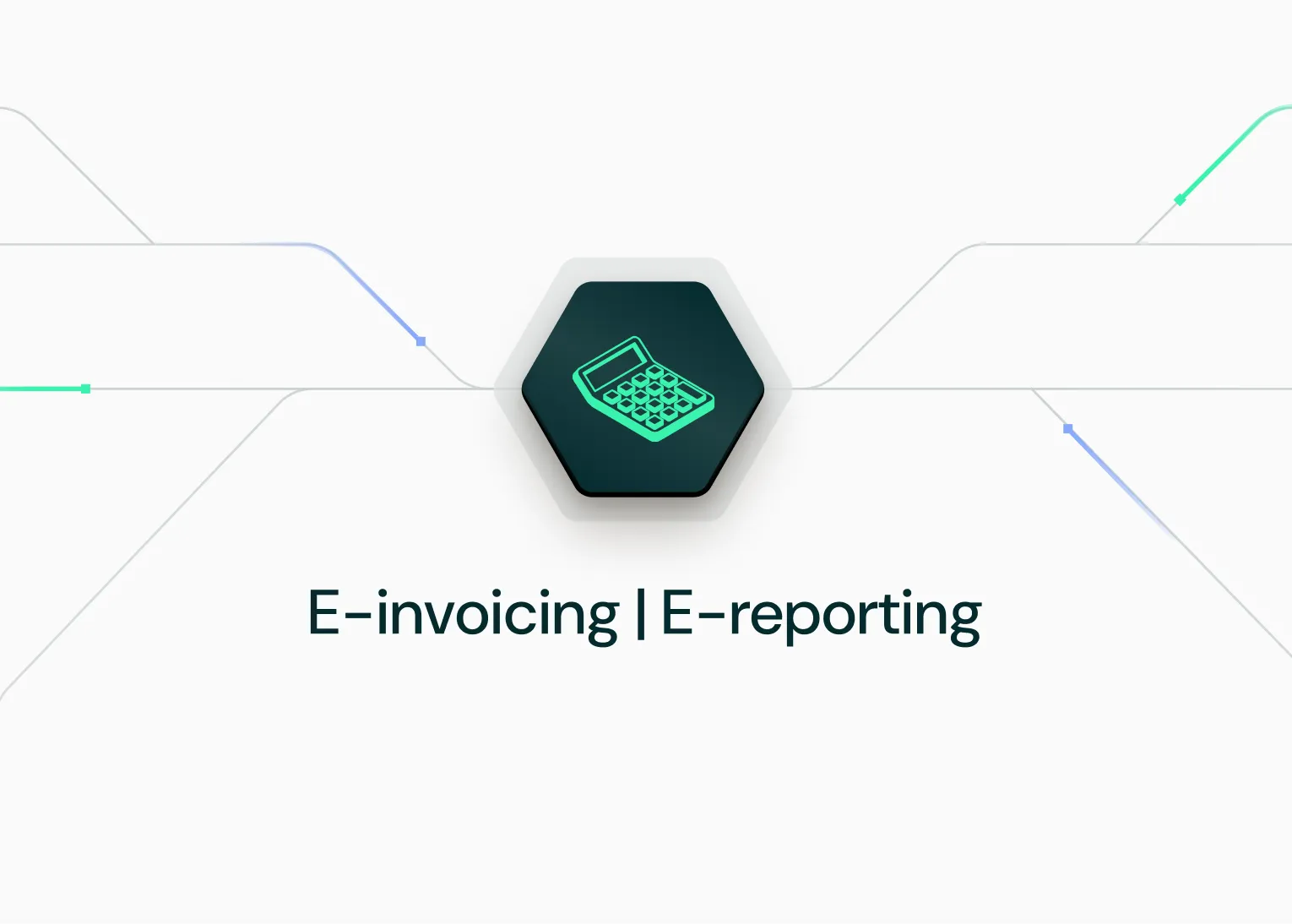
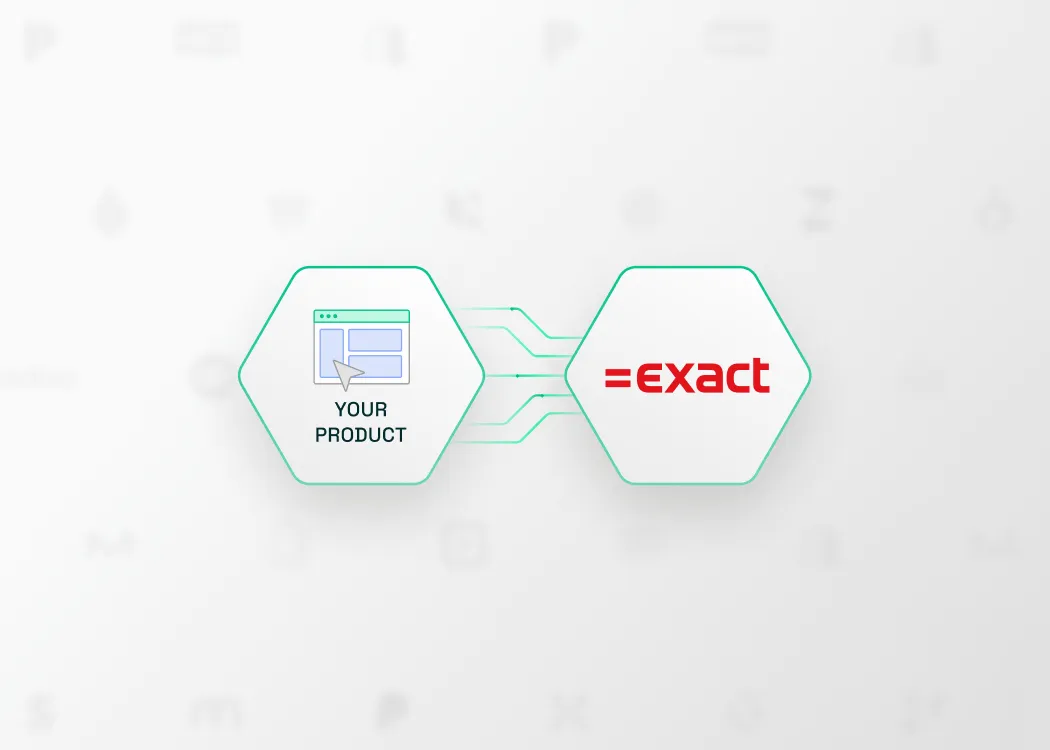

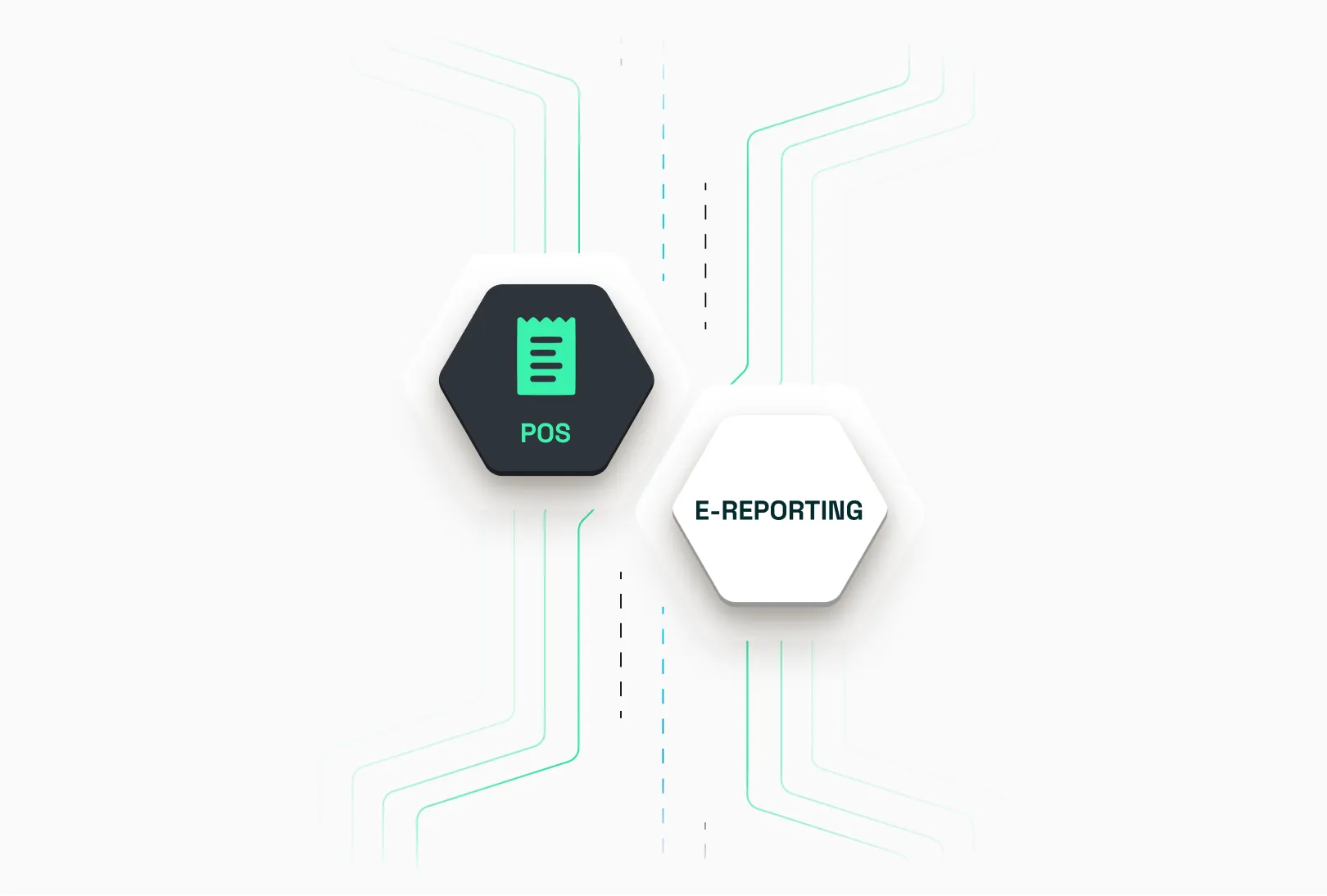
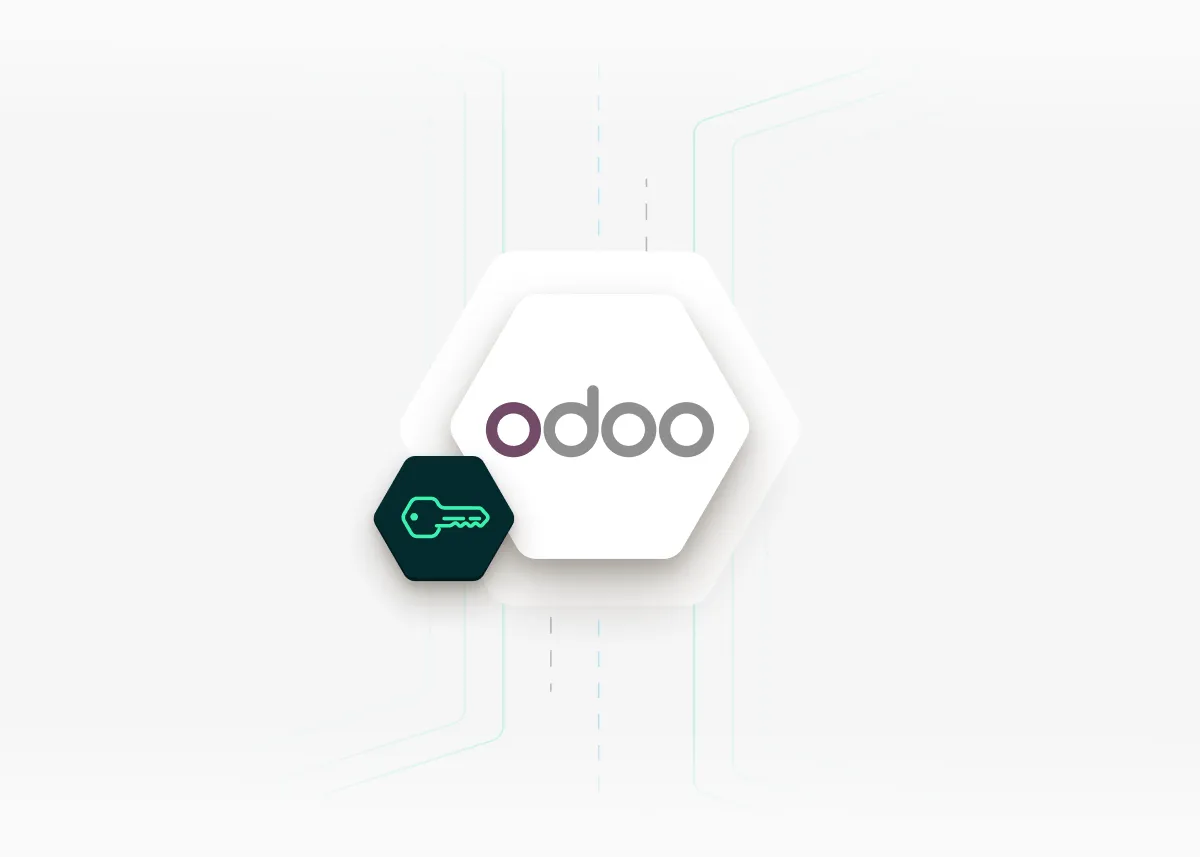
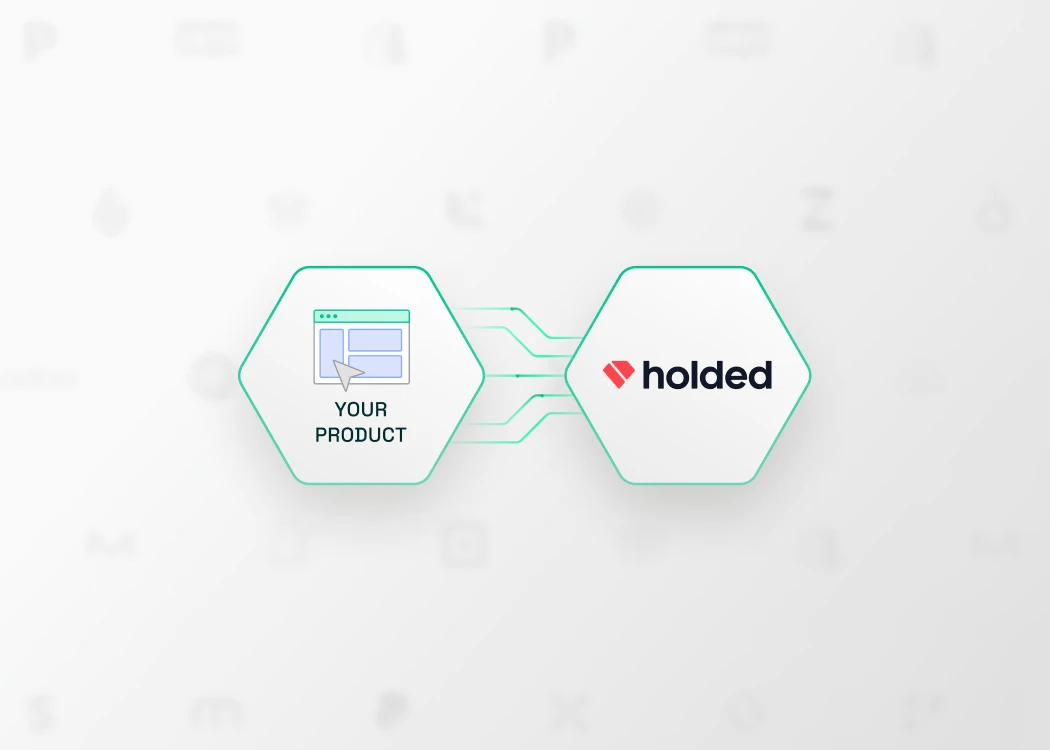
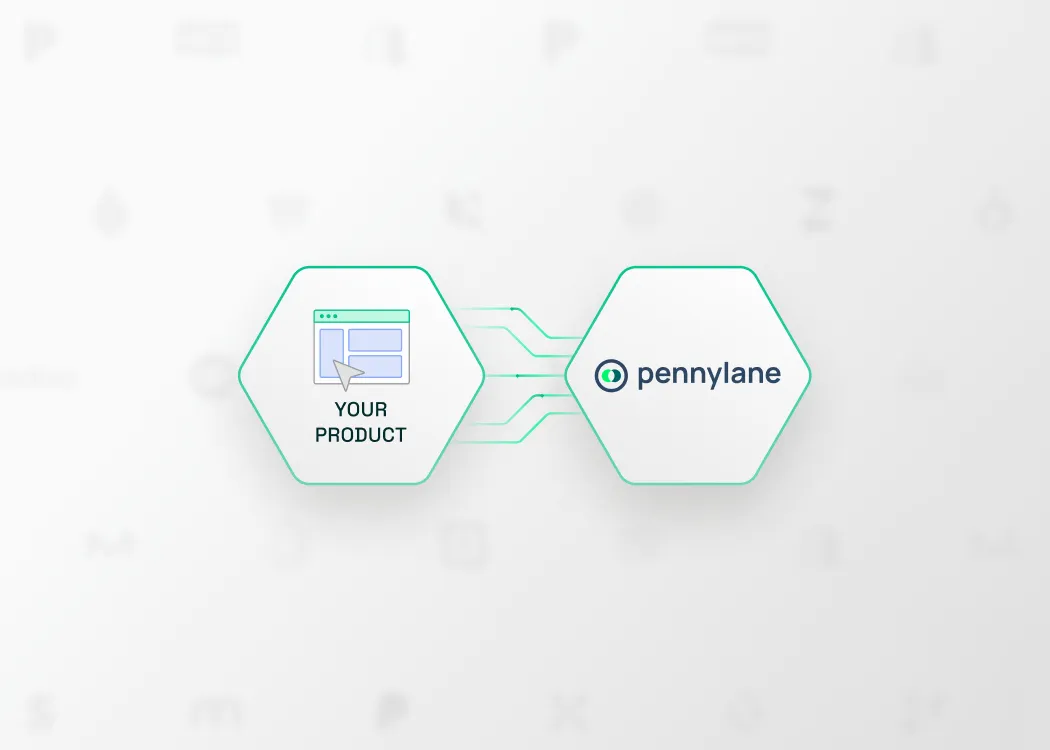
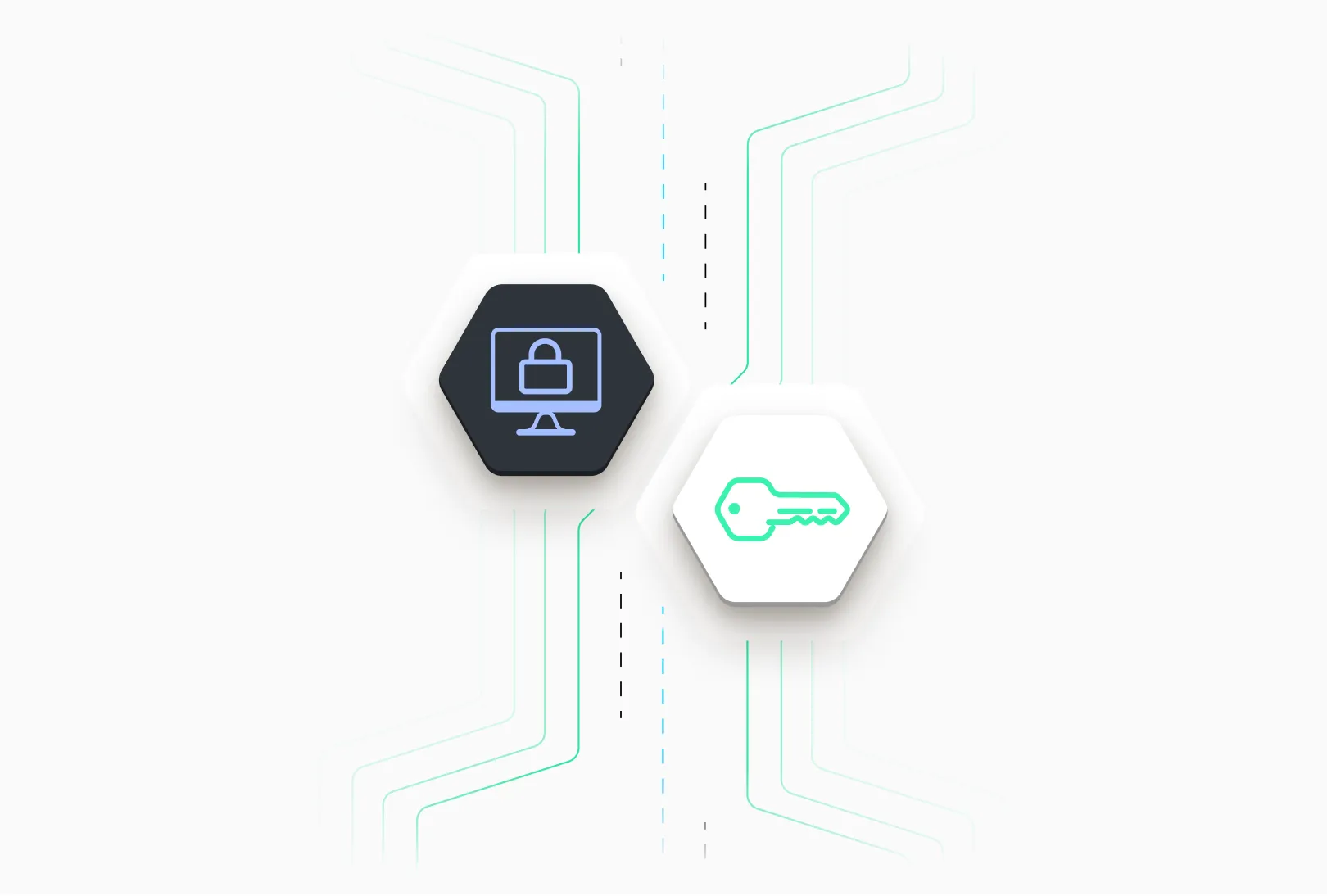
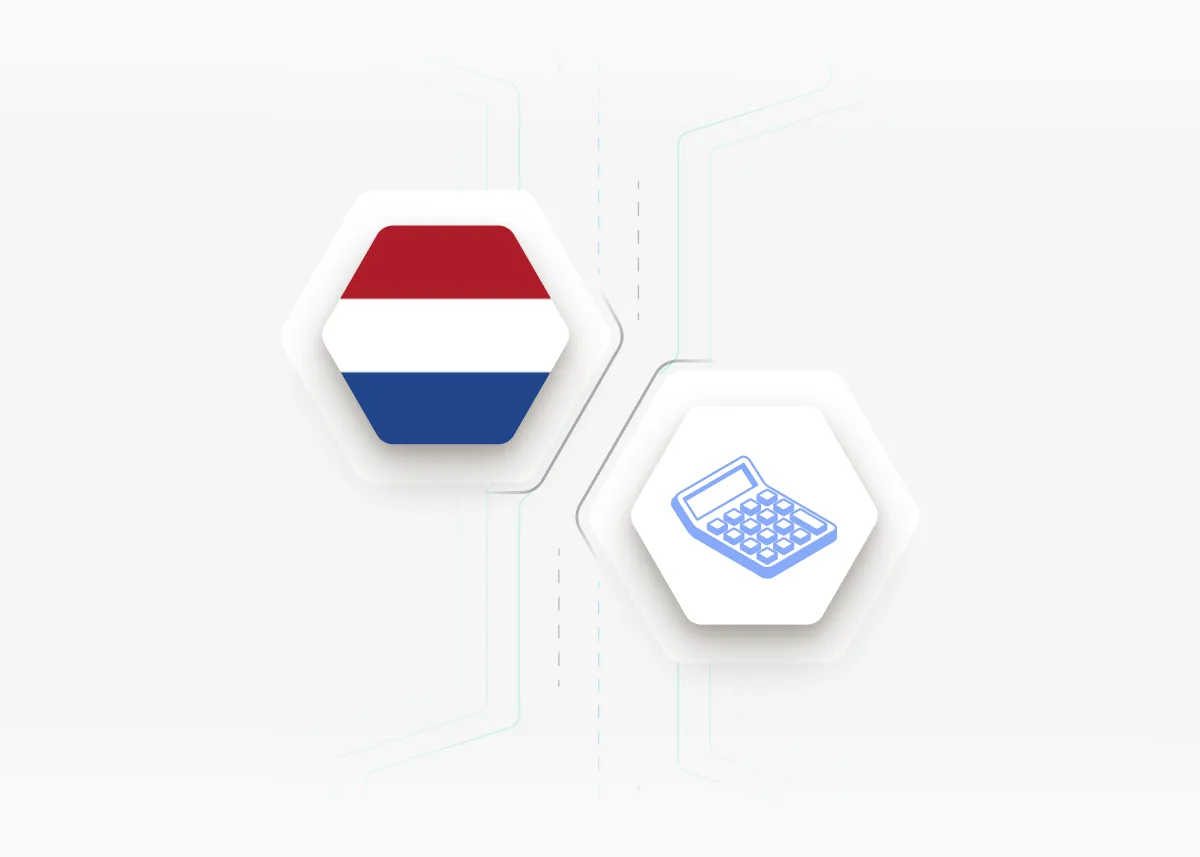
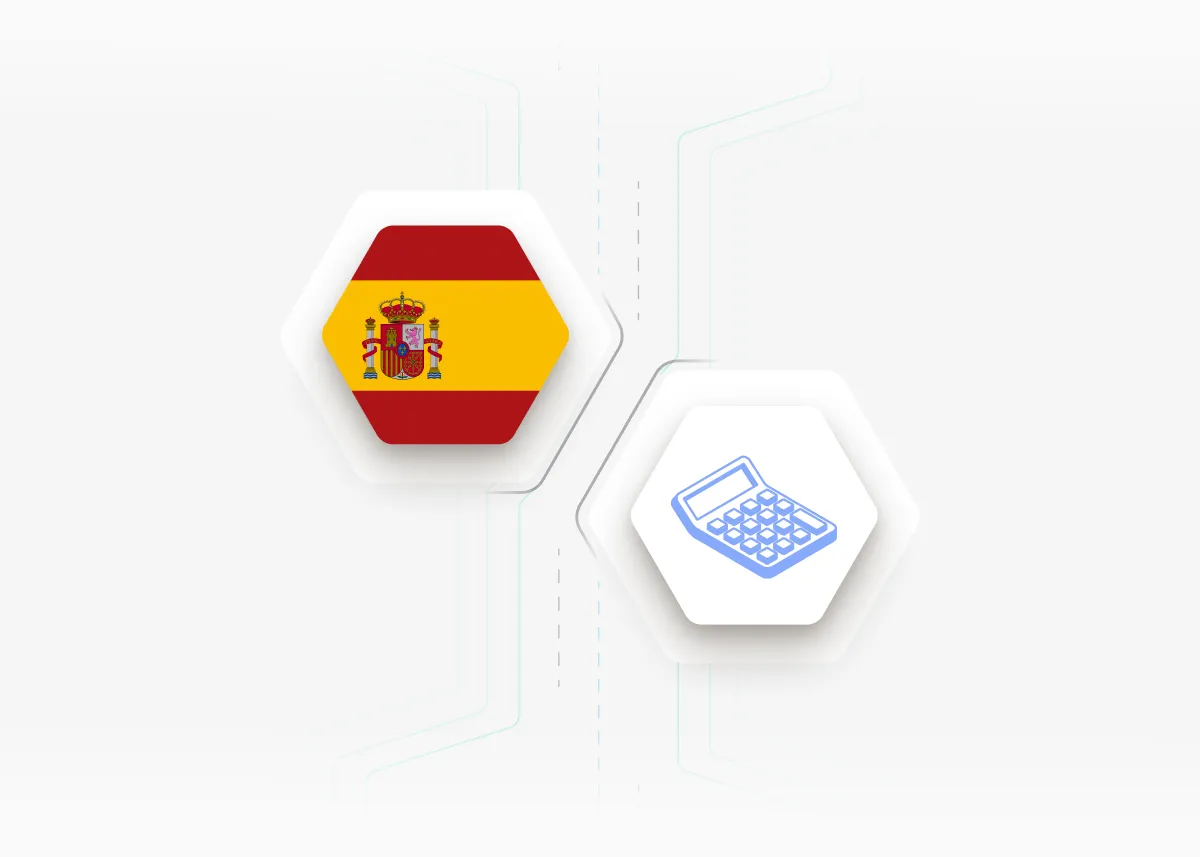

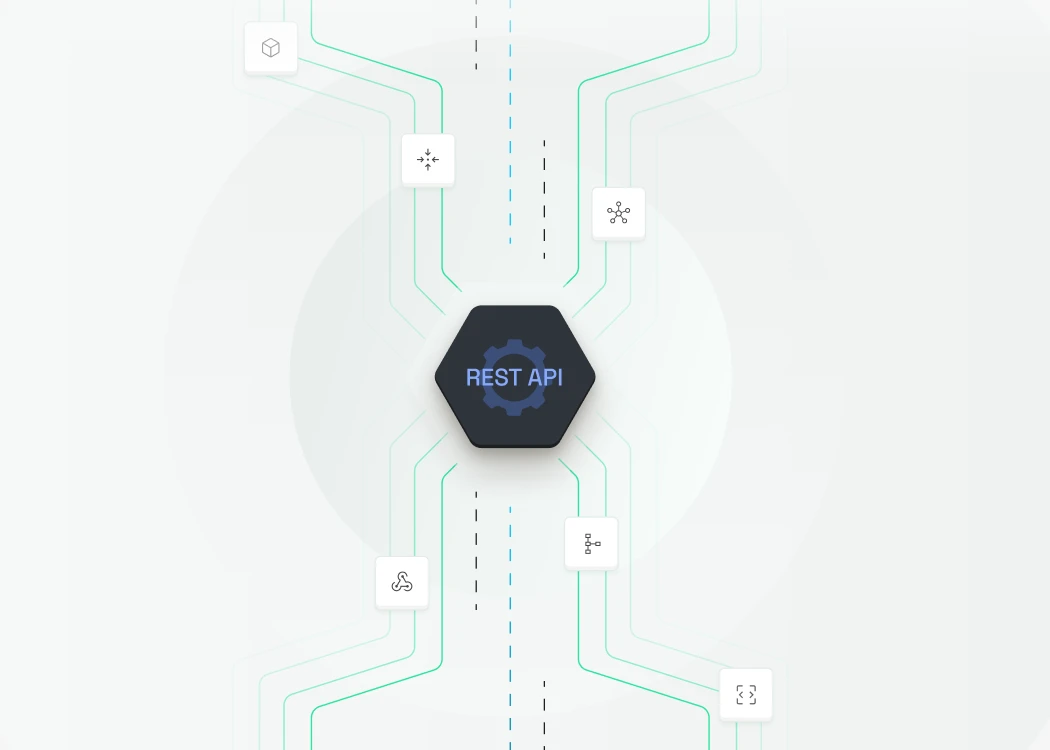
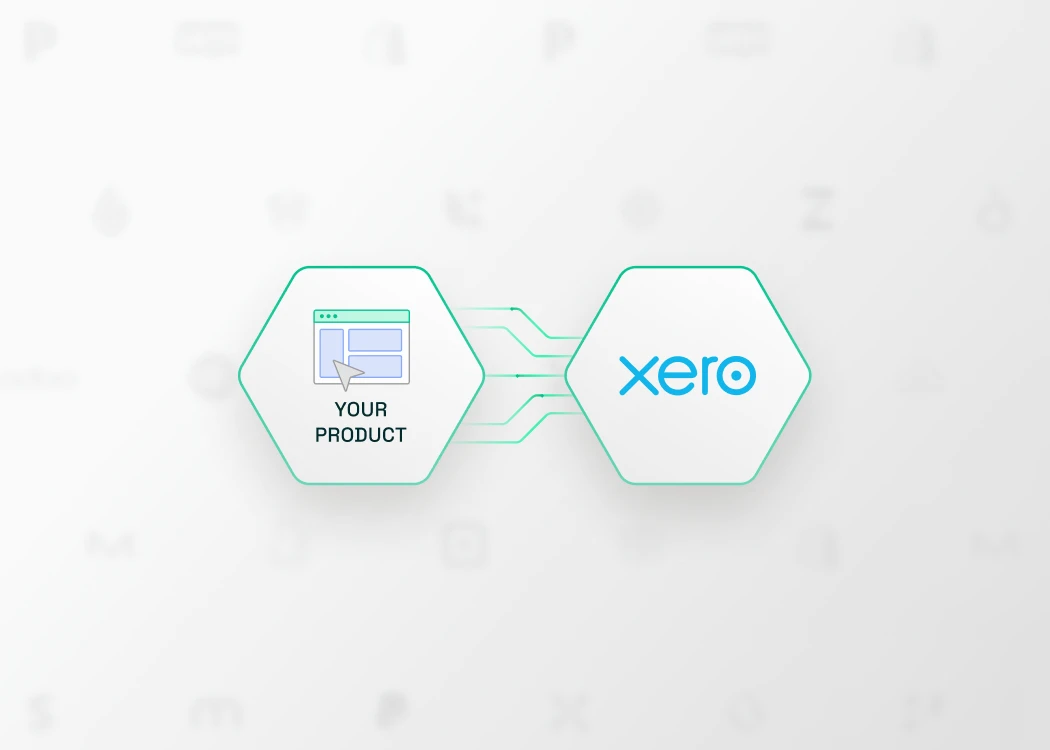



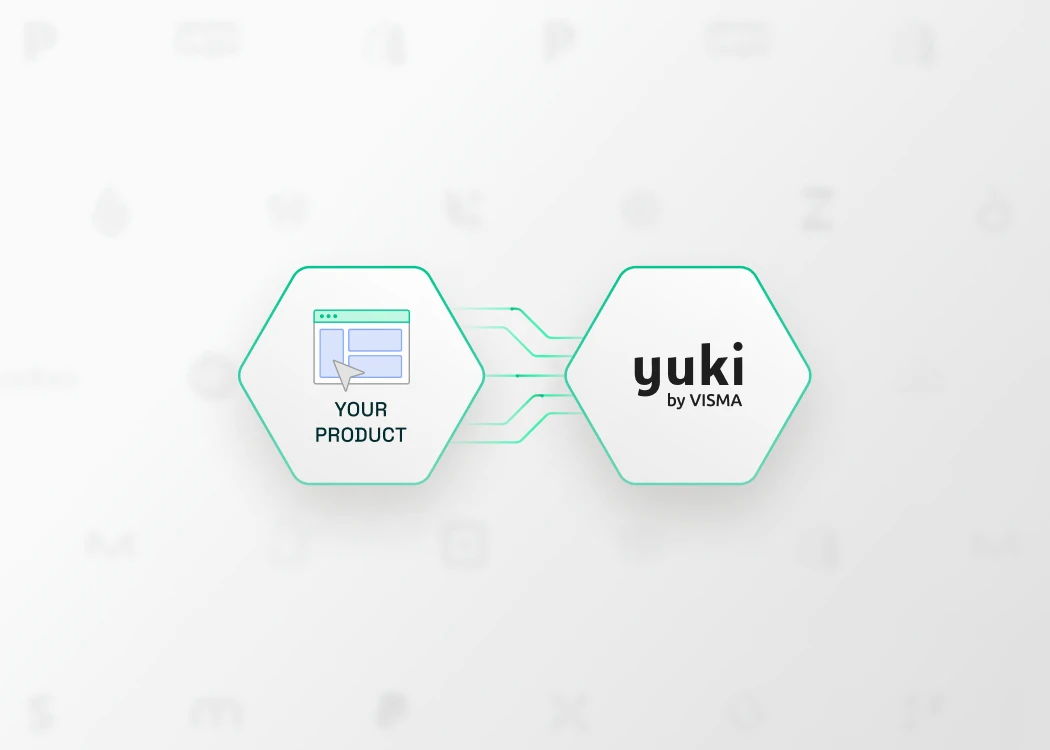





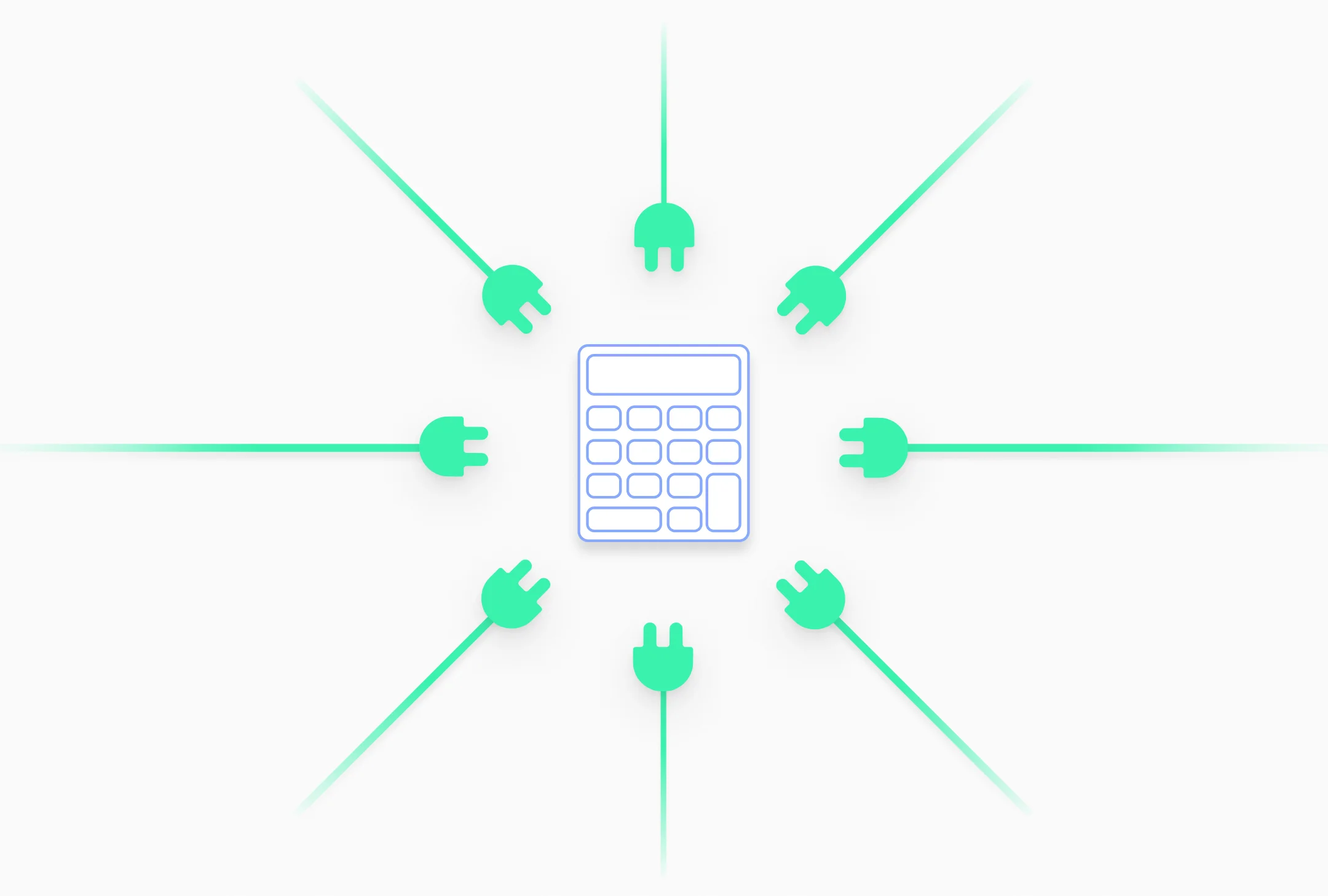
.avif)



